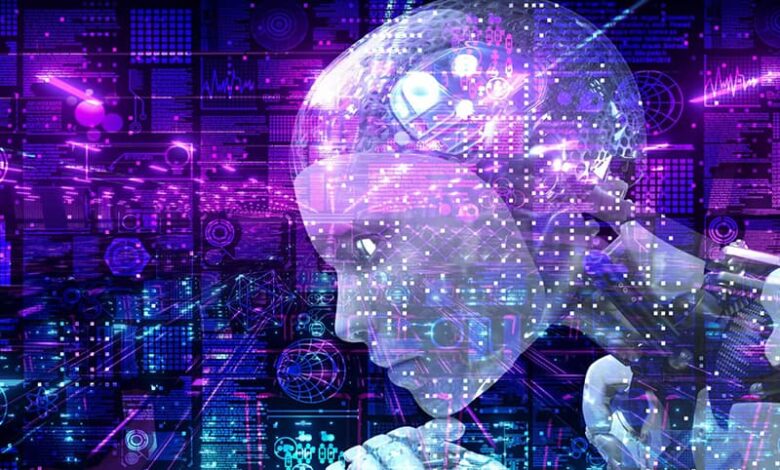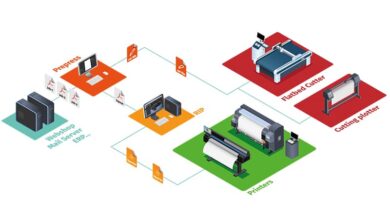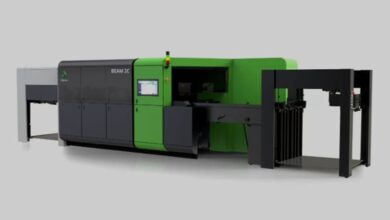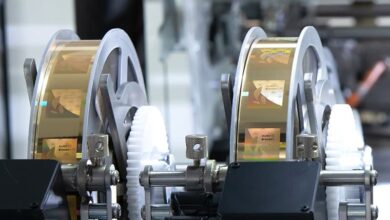Should Creative Professionals Worry About AI

“A computer would deserve to be called intelligent if it could deceive a human into believing that it was human.”– Alan Turing
Artificial Intelligence (AI) has made significant strides in recent years, and one area where this technology has had a significant impact is in the generation of pictures. With the help of AI, it is now possible to generate realistic images that are indistinguishable from those created by humans. This has led to the creation of a new field known as Generative Adversarial Networks (GANs), which has the potential to revolutionize the way we create and consume visual content.
GANs work by training a network to generate new images by learning from a dataset of existing images. The network is made up of two parts: a generator and a discriminator. The generator creates new images, while the discriminator evaluates them to determine if they are realistic enough to be considered “real.” The generator and discriminator then work together in a process known as adversarial training to produce more realistic images.
One of the most significant advantages of AI-generated pictures is that they can be created in a fraction of the time it would take for a human to create them manually. This can be particularly useful in industries such as advertising, where the need for high-quality visual content is high, and the time to create it is limited. Additionally, AI-generated images can be used to train other AI systems, such as those used in computer vision applications.
Another area where AI-generated pictures are being used is in the field of video games. With the help of GANs, developers can create realistic in-game environments and characters, which can enhance the overall gaming experience for players. Additionally, AI-generated images can be used to create new levels and characters in games, which can extend the life of a game and keep players engaged.
The future of AI-generated pictures is bright, and it is expected that the technology will continue to evolve and improve. In the future, we can expect to see even more realistic images generated by AI, as well as new applications for the technology. For example, AI-generated images could be used to create virtual reality environments or to create realistic simulations for use in scientific research.

Illustrators reject AI
The Society of Illustrators, like many other professional organizations, is dedicated to protecting the rights and livelihoods of its members. The use of copyrighted images by AI without permission of the artist or copyright holder is a violation of copyright laws and can result in legal action against the person or organization using the images. By posting a message on social media, the Society of Illustrators is raising awareness about this issue and encouraging its members and the public to respect the rights of artists and creators. Additionally, it could be also because the society wants to promote the value of originality and human creativity. AI generated art may have its own value, but it should be clearly labeled as such and not passed off as the work of a human artist.
In a nutshell creative professionals may have reason to be concerned about the potential impact of artificial intelligence on their industries. AI is capable of automating tasks that were previously thought to require human creativity, such as writing, music composition, and graphic design. However, it’s important to note that AI is not a replacement for human creativity but rather a tool that can augment it. Additionally, many jobs that involve creativity also require other skills such as communication, project management, and problem-solving, that AI is not yet able to replicate. Therefore, it’s important for creative professionals to stay informed about advances in AI and to continue to develop their skills and expertise to remain competitive in the job market.

.gif)



